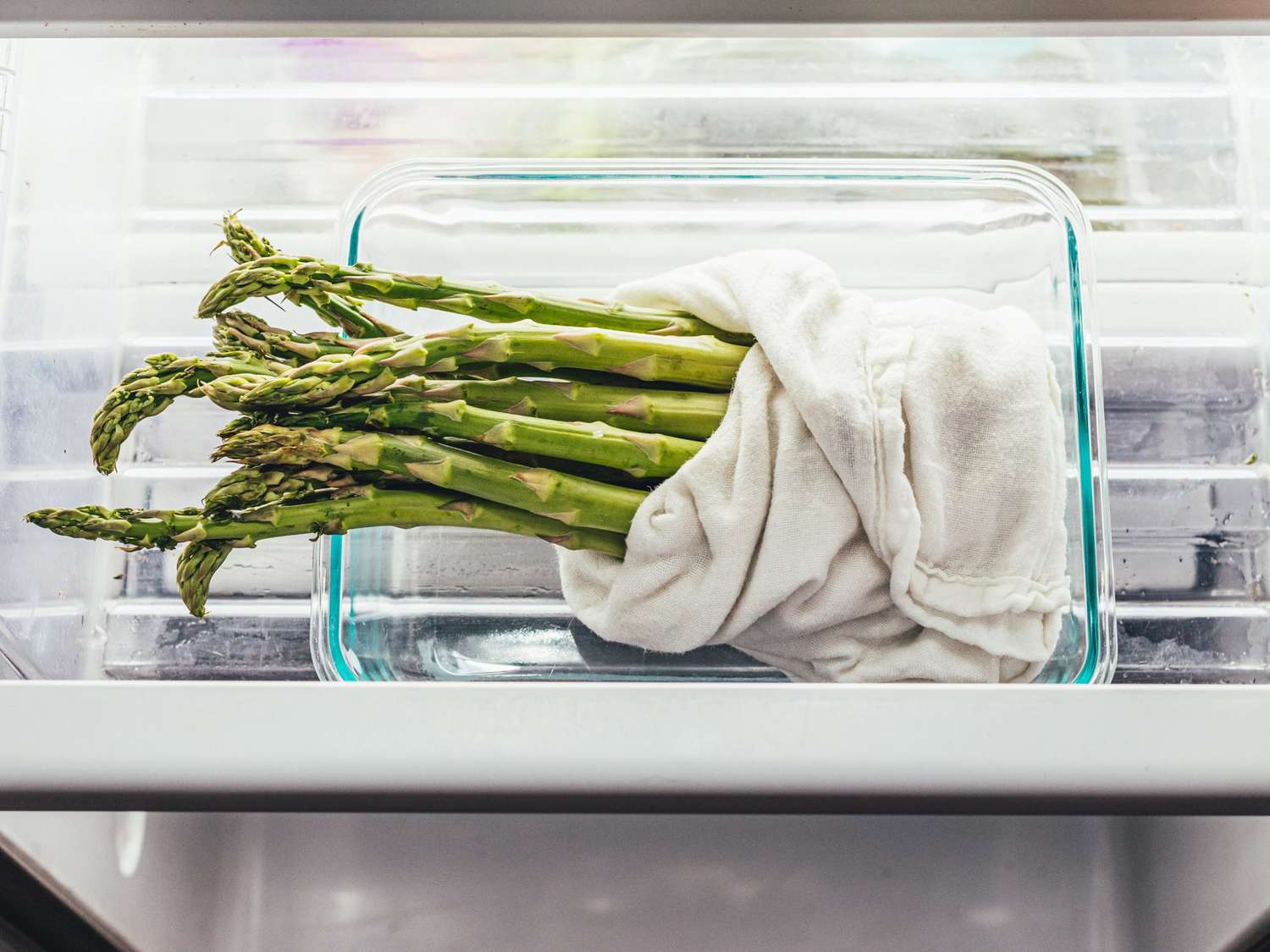

Articles
How To Store Asparagus In The Freezer
Modified: February 27, 2024
Learn how to properly store asparagus in the freezer with our informative articles. Extend its shelf life and enjoy asparagus all year round!
(Many of the links in this article redirect to a specific reviewed product. Your purchase of these products through affiliate links helps to generate commission for Storables.com, at no extra cost. Learn more)
Introduction
Asparagus is a tasty, nutritious vegetable that is enjoyed by many people around the world. It is a versatile ingredient that can be used in a variety of dishes, from salads to stir-fries. However, asparagus has a relatively short shelf life, making it important to find ways to preserve it for longer periods. One effective method for preserving asparagus is by freezing it.
In this article, we will explore the benefits of freezing asparagus and provide you with a step-by-step guide on how to store asparagus in the freezer. We will also share some tips on how to thaw and use frozen asparagus, as well as provide suggestions for long-term storage.
Freezing asparagus not only allows you to prolong its shelf life but also helps to retain its flavor, texture, and nutritional value, making it a convenient option for enjoying asparagus all year round. By following the proper techniques for freezing and storing asparagus, you can ensure that it remains fresh and ready to use whenever you need it.
So, if you’re someone who loves asparagus and wants to have it readily available even when it’s out of season or in short supply, keep reading to learn how to store asparagus in the freezer and make the most of this delicious vegetable.
Key Takeaways:
- Freezing asparagus extends its shelf life, preserves its nutritional value, and offers convenience, making it a versatile ingredient for year-round enjoyment in various dishes.
- Proper blanching, packaging, and storage are crucial for maintaining the quality of frozen asparagus, ensuring it remains fresh, flavorful, and ready to use whenever needed.
Read more: How To Store Asparagus In Freezer
Benefits of Freezing Asparagus
Freezing asparagus offers several benefits that make it a popular method of preservation for this delicious vegetable. Here are some of the advantages:
- Extended Shelf Life: Asparagus has a relatively short shelf life, typically lasting only a few days in the refrigerator. By freezing it, you can extend its shelf life for several months, allowing you to enjoy asparagus whenever you want, regardless of the season.
- Preserves Nutritional Value: Freezing is a gentle preservation method that helps to retain the nutritional value of asparagus. It helps to lock in important vitamins and minerals, such as Vitamin C, Vitamin K, folate, and fiber.
- Convenience: Having frozen asparagus on hand provides convenience in meal planning. You can easily add it to soups, stews, stir-fries, or simply steam it as a side dish without the need to worry about finding fresh asparagus or wasting any leftovers.
- Cost-effective: Freezing asparagus allows you to take advantage of lower prices when asparagus is in-season and abundant. You can buy it in bulk, freeze the excess, and enjoy it when prices are higher or when fresh asparagus is less available.
- Preserves Flavor and Texture: When properly frozen, asparagus retains much of its flavor and texture. It may be slightly softer after thawing, but it will still be delicious and suitable for most recipes.
By knowing the benefits of freezing asparagus, you can take advantage of this preservation method and enjoy this vibrant vegetable throughout the year while minimizing waste and maximizing its nutritional value.
Choosing and Preparing Asparagus for Freezing
Before you start the process of freezing asparagus, it’s important to choose the right asparagus and prepare it properly to ensure the best results. Here are some guidelines to follow:
- Choose Fresh Asparagus: Select fresh, tender asparagus spears that are vibrant green in color. Avoid asparagus with wilted or slimy stems, as this may indicate that it’s past its prime.
- Trim the Ends: Start by trimming off the woody ends of the asparagus spears. Simply hold one spear at the base and bend the lower end until it snaps off naturally. This will remove the tough and fibrous part of the asparagus.
- Wash Thoroughly: Rinse the asparagus under cold water to remove any dirt or debris. Gently pat it dry with a clean kitchen towel.
- Sort and Separate: Separate the asparagus spears by size. This will facilitate even blanching and freezing. Small, thin spears may require less blanching time compared to large, thick spears.
By choosing fresh asparagus and properly preparing it, you set the stage for successful freezing and preservation.
Now that you have your asparagus selected and prepared, it’s time to move on to the next step: blanching.
Blanching Asparagus
Blanching is a crucial step in the process of freezing asparagus. It involves briefly boiling the asparagus to halt enzyme activity and preserve its vibrant color, flavor, and texture. Follow these steps to blanch your asparagus:
- Bring a Pot of Water to a Boil: Fill a large pot with water and bring it to a rolling boil. You’ll need enough water to completely submerge the asparagus.
- Add Salt (Optional): If desired, you can add a teaspoon of salt to the boiling water. This helps to enhance the flavor of the asparagus. However, it’s completely optional.
- Add the Asparagus: Carefully place the prepared asparagus spears into the boiling water. Be cautious not to overcrowd the pot, as this can lead to uneven blanching.
- Blanch for a Specific Time: The blanching time varies depending on the size of the asparagus spears. Generally, small and thin spears should be blanched for 2-3 minutes, while larger and thicker spears may require 3-4 minutes.
- Monitor the Blanching Process: Keep a close eye on the boiling asparagus, ensuring that it remains submerged and cooks evenly. Test the doneness by piercing a spear with a fork. It should be crisp-tender.
- Cool the Asparagus: Once blanched, immediately remove the asparagus from the boiling water and transfer it to a bowl filled with ice water. This stops the cooking process and helps to maintain the bright green color of the asparagus.
Blanching the asparagus helps to preserve its quality and allows it to maintain its texture and appearance even after freezing. Now that your asparagus is blanched, it’s essential to cool and package it properly for freezing.
Cooling and Packaging Asparagus
Once you have blanched the asparagus, it’s important to cool it down quickly and package it properly to preserve its freshness and quality. Follow these steps to cool and package your asparagus:
- Cool in Ice Water: Keep the blanched asparagus submerged in the ice water bath for the same amount of time it was blanched. This ensures that the heat is completely removed and helps to maintain the vibrant green color.
- Drain and Pat Dry: Remove the cooled asparagus from the ice water and place it on a clean kitchen towel or paper towels to drain excess moisture. Gently pat the asparagus dry to ensure there is no residual water.
- Package for Freezing: There are a few options for packaging asparagus for freezing:
- Freezer Bags: Place the asparagus into sealable freezer bags, removing as much air as possible before sealing. Label the bags with the date of freezing for reference.
- Vacuum Sealer: If you have a vacuum sealer, use it to remove the air from the packaging and create an airtight seal. This method helps to prevent freezer burn and maintain the quality of the asparagus.
- Freezer Containers: Alternatively, you can use rigid freezer-safe containers to store the asparagus. Make sure to leave some headspace in the container to allow for expansion during freezing.
Regardless of the packaging method, ensure that it is sealed tightly to prevent air and moisture from entering. This will help preserve the flavor, texture, and nutritional value of the asparagus during freezing.
Now that your asparagus is properly packaged, it’s time to store it in the freezer for long-term preservation.
To store asparagus in the freezer, blanch it in boiling water for 2-3 minutes, then transfer to an ice bath to stop the cooking process. Pat dry, place in a freezer-safe bag, and store for up to 6 months.
Read more: How To Store Cooked Asparagus
Storing Asparagus in the Freezer
Once you have prepared and packaged your asparagus for freezing, it’s time to store it in the freezer. Follow these steps to ensure proper storage:
- Choose a Cold Spot: Select a section in your freezer that maintains a consistent temperature of 0°F (-18°C) or below. This will ensure that the asparagus remains frozen and fresh.
- Organize the Packages: Place the packaged asparagus in a single layer on a tray or baking sheet. This will help prevent the spears from sticking together while freezing.
- Pre-Freeze the Asparagus: Place the tray with the asparagus packages in the freezer and allow them to pre-freeze for a couple of hours. This step will help maintain the individual shape of the spears before long-term storage.
- Arrange in Storage Containers: Once the asparagus packages are pre-frozen, transfer them to airtight freezer-safe containers or stack them neatly in the freezer bags. If using freezer bags, remove any excess air before sealing.
- Label and Date: Label the storage containers or freezer bags with the contents and the date of freezing. This will help you keep track of the storage time and ensure you use the oldest asparagus first.
Proper storage is crucial to maintain the quality of the frozen asparagus. By following these steps, you can ensure that your asparagus stays fresh, flavorful, and ready to use whenever you need it.
Now that your asparagus is safely stored in the freezer, let’s move on to the next section to learn how to thaw and use the frozen asparagus.
Thawing and Using Frozen Asparagus
When you’re ready to use the frozen asparagus, it’s important to thaw it properly to maintain its quality and texture. Here’s how to thaw and use your frozen asparagus:
- Thawing in the Refrigerator: The recommended method for thawing frozen asparagus is to transfer it from the freezer to the refrigerator. Place the sealed package or container in the refrigerator and allow it to thaw overnight or for about 24 hours.
- Thawing in Cold Water: If you need to thaw the asparagus more quickly, you can submerge the sealed package in cold water. Make sure the package is tightly sealed to prevent water from entering. Change the water every 30 minutes until the asparagus is thawed.
- Avoid Thawing at Room Temperature: It is not recommended to thaw frozen asparagus at room temperature, as this can lead to bacterial growth and potential spoilage.
- Using Thawed Asparagus: Once the asparagus is thawed, it is ready to be used in your favorite recipes. Here are some ways to incorporate thawed asparagus into your dishes:
- Cooked Dishes: Thawed asparagus can be added to stir-fries, soups, stews, or pasta dishes during the cooking process. This ensures that the asparagus heats through while retaining its flavor and texture.
- Salads and Sides: Thawed asparagus can be blanched or steamed briefly to revive its crispness and used in salads or as a side dish. Consider adding a drizzle of olive oil, a squeeze of lemon juice, or your favorite seasonings to enhance the flavor.
- Purees and Sauces: Thawed asparagus can be pureed and used as a base for sauces, dips, or spreads. Blend it with herbs, garlic, and a splash of olive oil for a flavorful sauce or spread.
Thawed asparagus may be slightly softer compared to fresh asparagus but will still contribute delicious flavor and nutrients to your dishes. Remember to use thawed asparagus within a few days and avoid refreezing it to maintain its quality.
Now that you know how to thaw and use frozen asparagus, let’s explore some tips for long-term storage to maximize its shelf life.
Tips for Long-term Storage
To ensure the best quality and longevity of your frozen asparagus, consider the following tips for long-term storage:
- Use Freezer-Safe Containers: When packaging asparagus for long-term storage, choose freezer-safe containers or bags specifically designed for freezing. These containers will help maintain the freshness and prevent freezer burn.
- Remove Excess Air: If using freezer bags, remove as much air as possible before sealing them. Excess air can lead to freezer burn and affect the quality of the asparagus.
- Proper Labeling: Label each package with the contents and date of freezing. This will help you keep track of the storage time and ensure that you use the oldest asparagus first.
- Keep a Consistent Temperature: Maintain a consistent freezer temperature of 0°F (-18°C) or below. Fluctuating temperatures can affect the quality of the asparagus and lead to freezer burn.
- Avoid Overstocking the Freezer: Do not fill the freezer to its maximum capacity, as proper air circulation is crucial for maintaining the quality of the frozen asparagus. Overstocking can result in uneven freezing and potentially affect the flavor and texture.
- Rotate Stock: As with any frozen food, it’s important to practice the “first in, first out” principle. Use the oldest packages of asparagus first to ensure optimum quality.
- Use a Vacuum Sealer: Investing in a vacuum sealer can help remove air and minimize the risk of freezer burn. Vacuum-sealed packages can also save space in the freezer.
- Keep the Freezer Clean: Regularly clean and defrost your freezer to maintain its efficiency and prevent any unwanted odors from affecting the quality of the asparagus.
By following these tips, you can ensure that your frozen asparagus remains fresh, flavorful, and of high quality for an extended period.
Now that you’re equipped with the knowledge of proper long-term storage, you can confidently enjoy your frozen asparagus whenever you desire.
Conclusion
Freezing asparagus is a practical and effective method for preserving this delicious and nutritious vegetable. By following the proper steps for selecting, preparing, blanching, packaging, storing, thawing, and using frozen asparagus, you can enjoy its vibrant flavor and texture all year round.
Freezing asparagus offers several benefits, including extended shelf life, preservation of nutritional value, convenience, cost-effectiveness, and the preservation of flavor and texture. It allows you to enjoy asparagus even when it’s out of season or in short supply, making it a versatile ingredient for a variety of dishes.
Remember to choose fresh asparagus, trim the ends, wash it thoroughly, and blanch it to halt enzyme activity before freezing. Proper packaging, labeling, and storage in a cold spot in your freezer are essential to maintain the quality of the frozen asparagus. Thaw the frozen asparagus in the refrigerator or cold water and use it in your favorite recipes.
By keeping these tips in mind and using the proper techniques, you can enjoy the wonderful taste and health benefits of asparagus throughout the year. So, the next time you come across a fresh batch of asparagus or find it at a great price, don’t hesitate to buy in bulk and freeze some for later use.
Now that you have the knowledge and skills to freeze asparagus, it’s time to get started. Make the most of this versatile vegetable by incorporating frozen asparagus into your meals and elevate your culinary creations. Enjoy the convenience of having asparagus readily available, no matter the season!
Frequently Asked Questions about How To Store Asparagus In The Freezer
Was this page helpful?
At Storables.com, we guarantee accurate and reliable information. Our content, validated by Expert Board Contributors, is crafted following stringent Editorial Policies. We're committed to providing you with well-researched, expert-backed insights for all your informational needs.

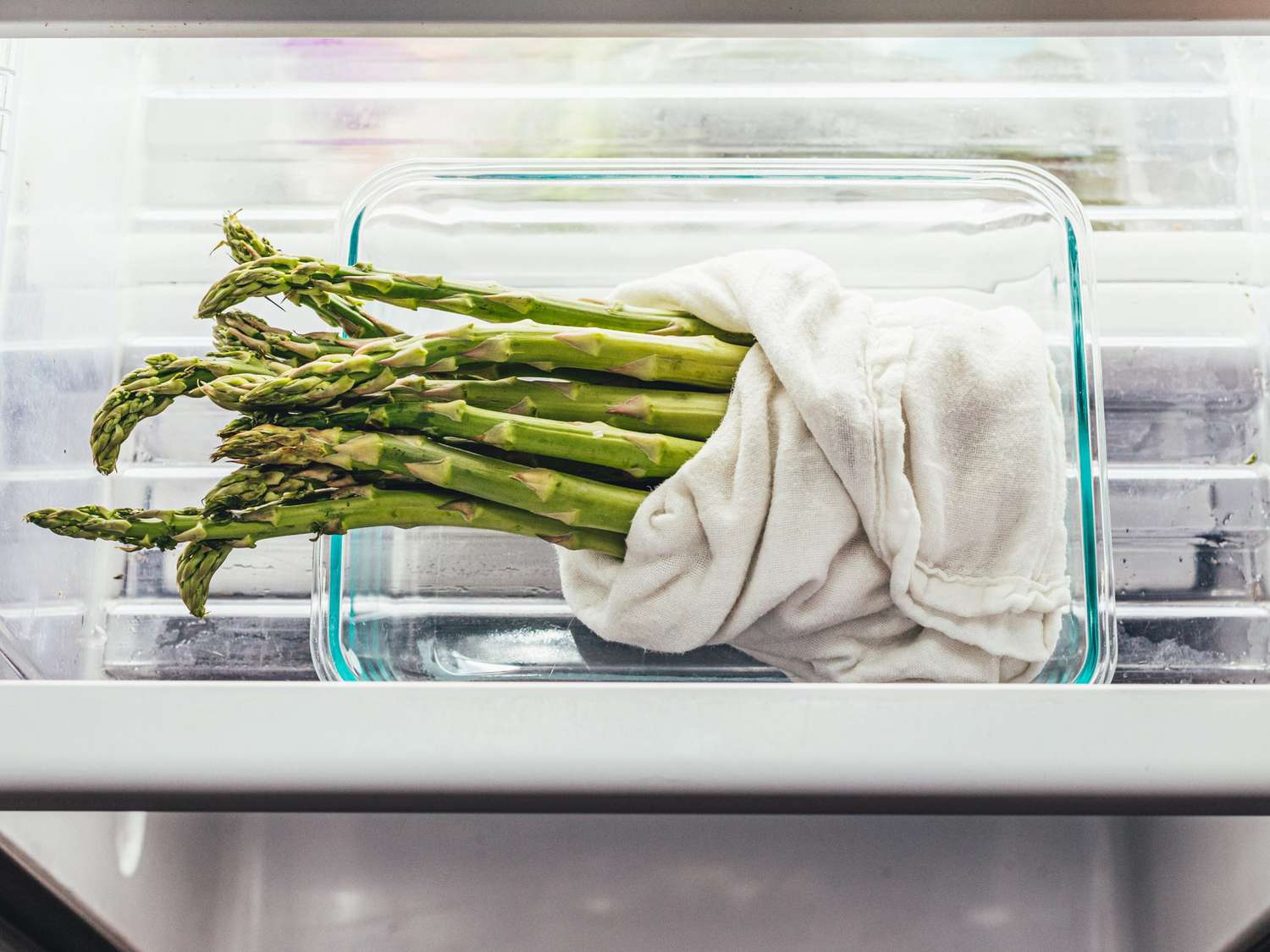
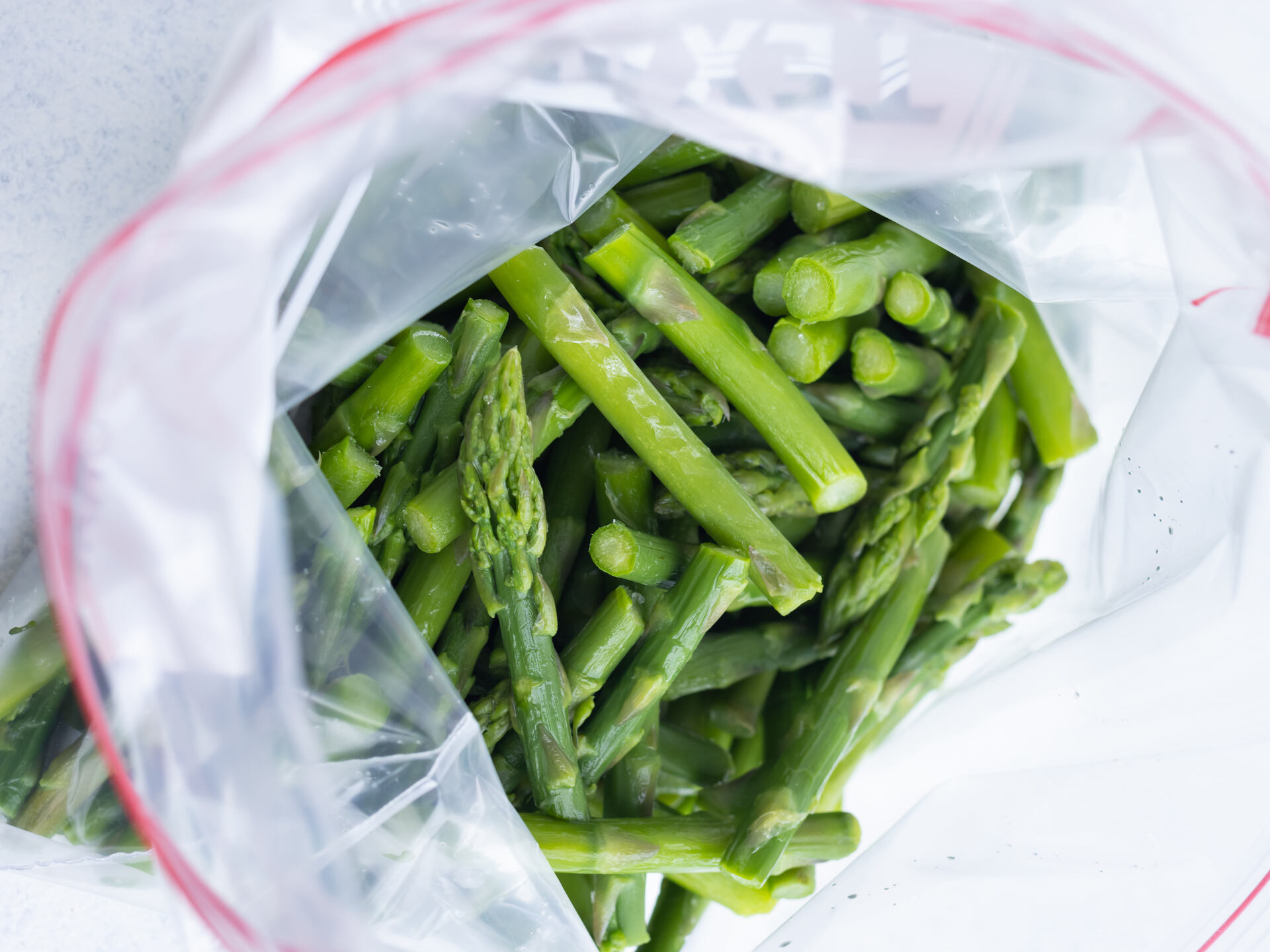


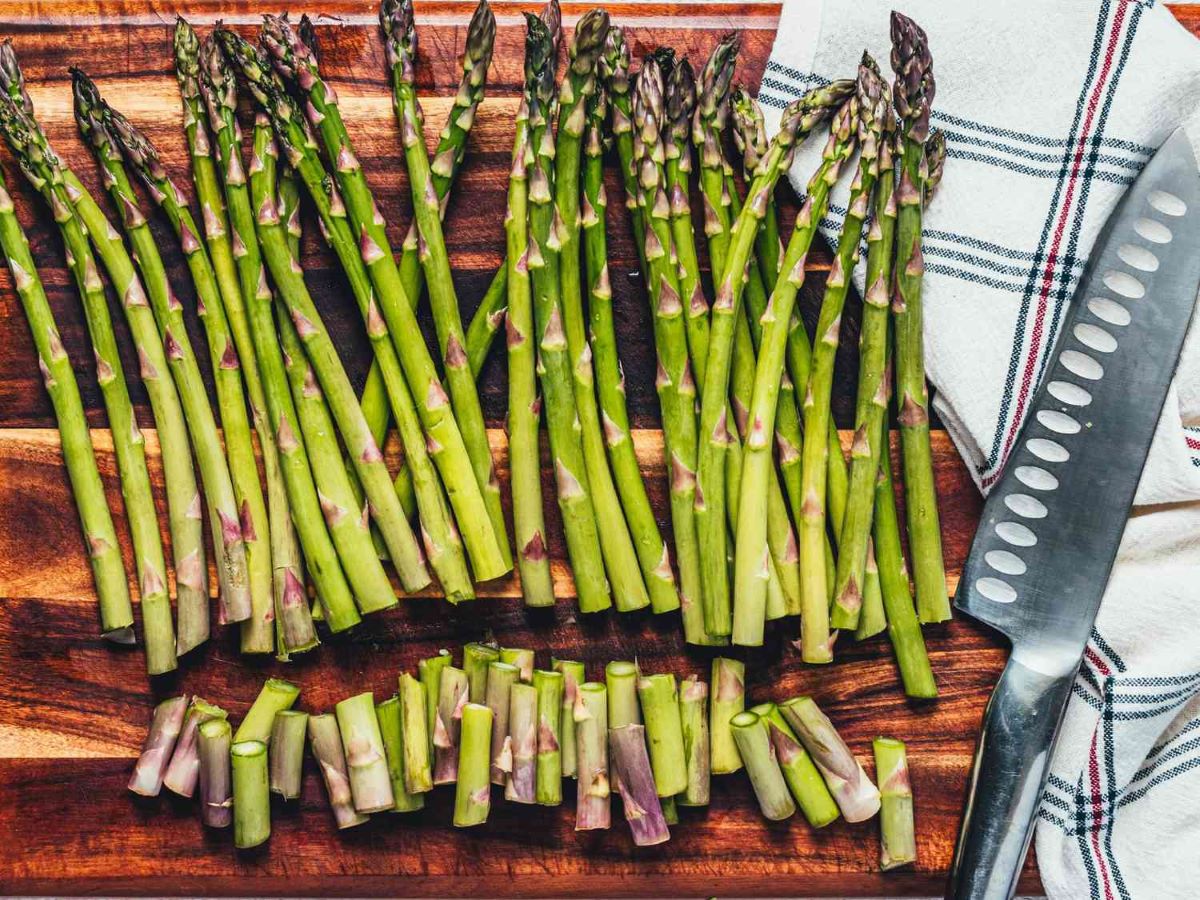

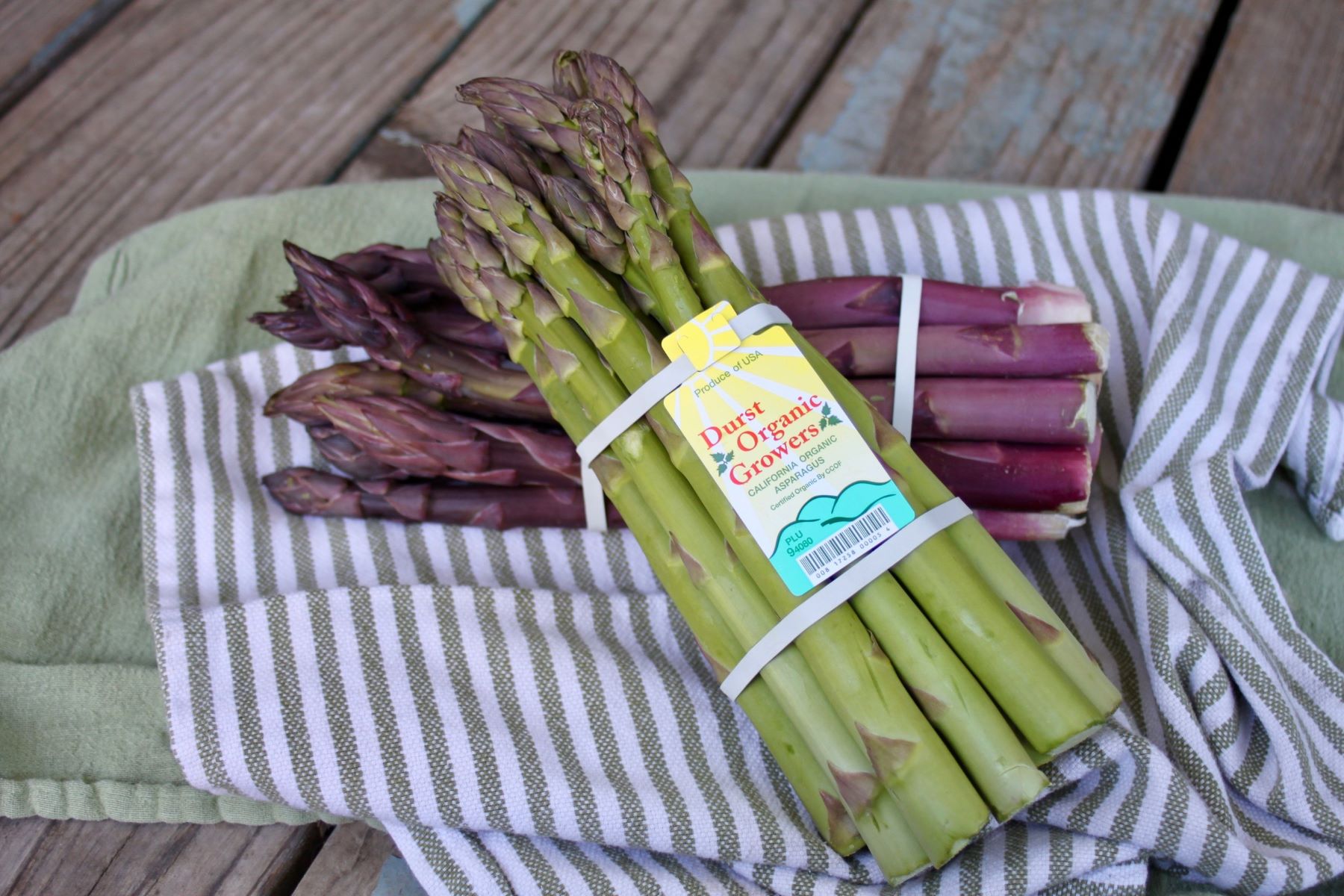
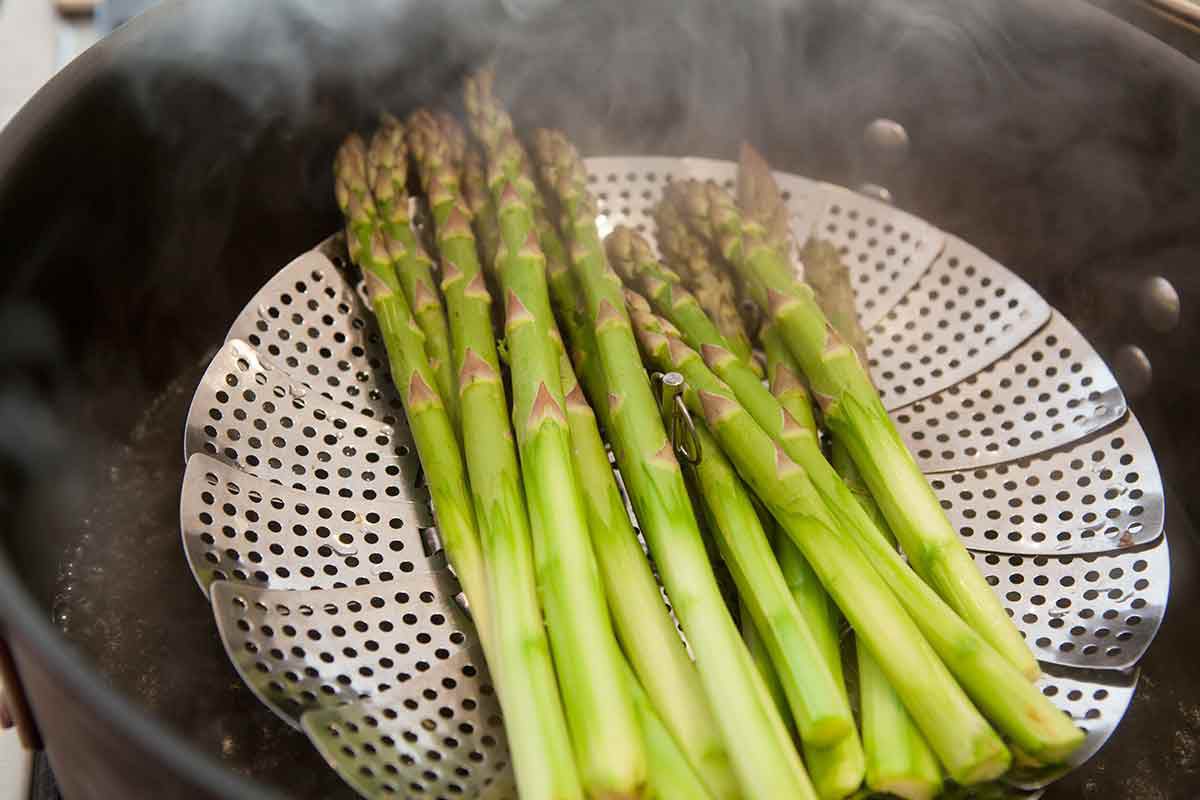
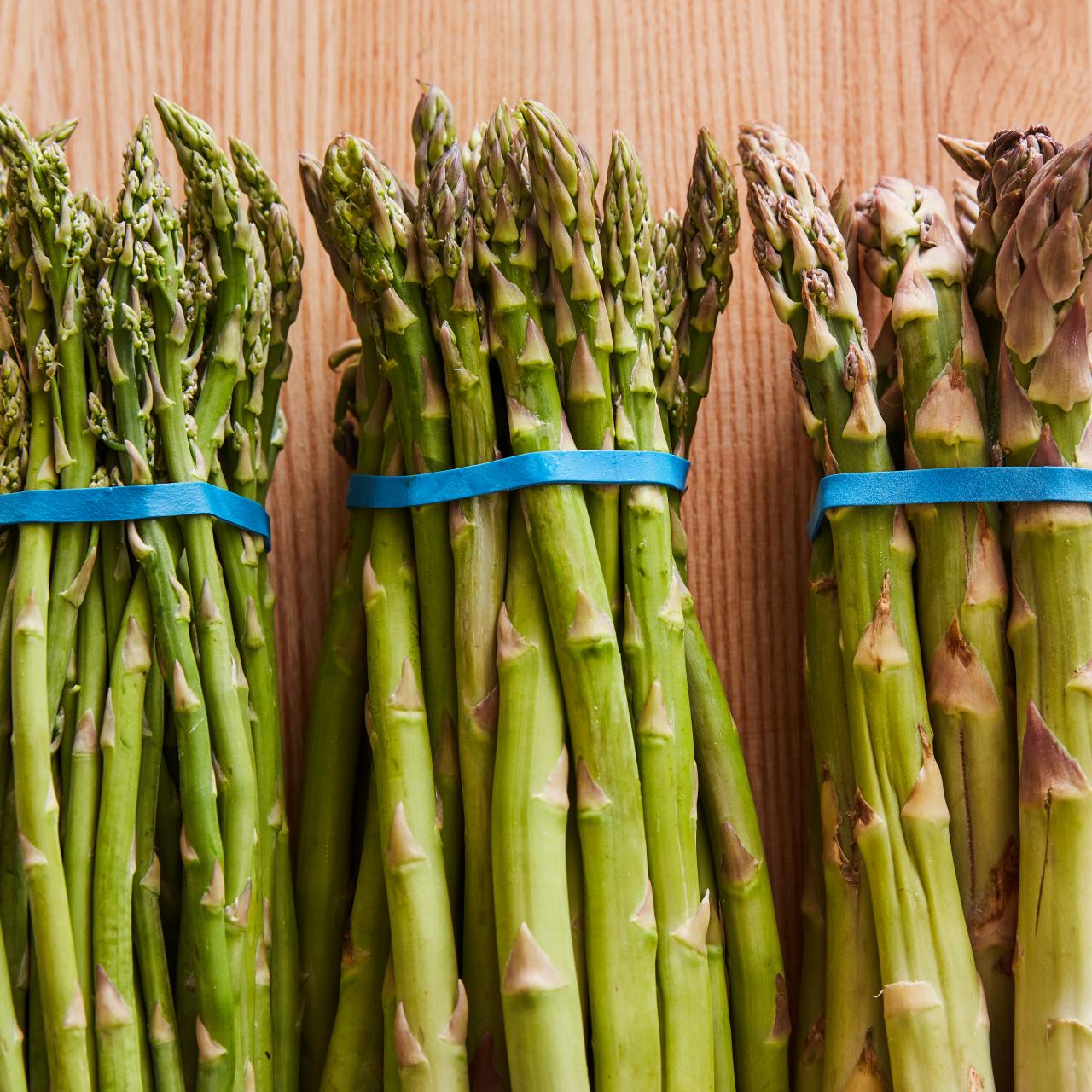
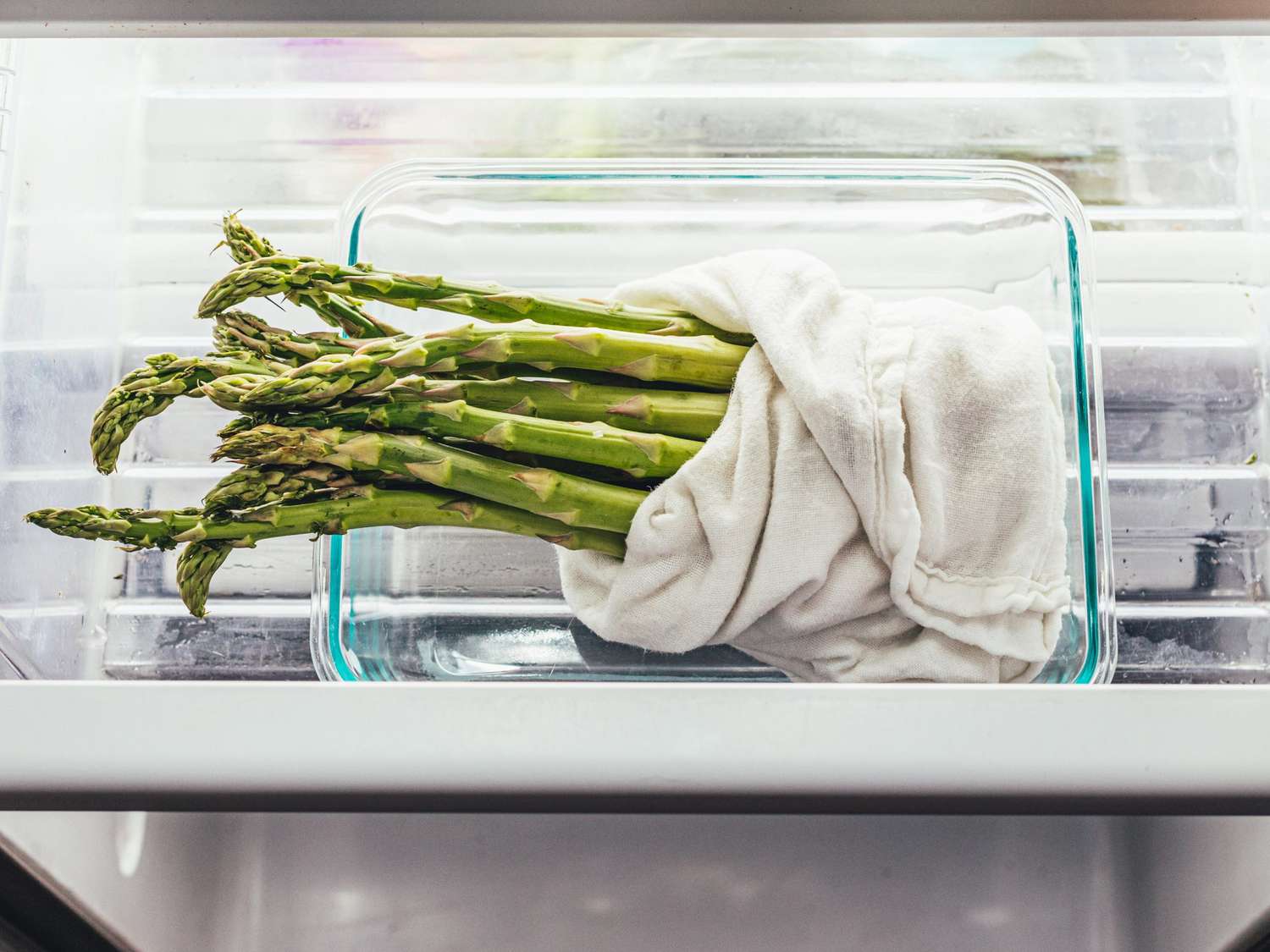
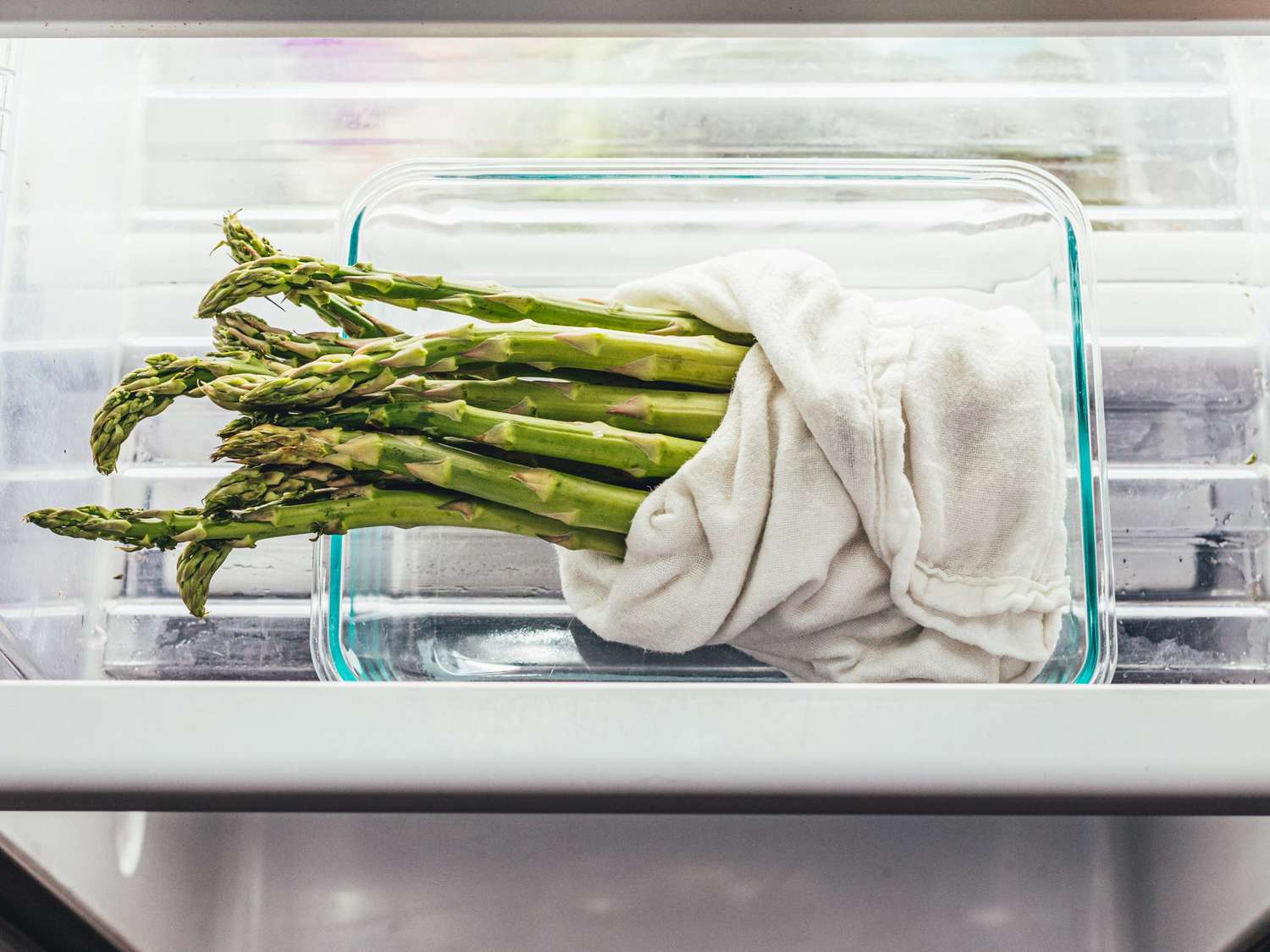
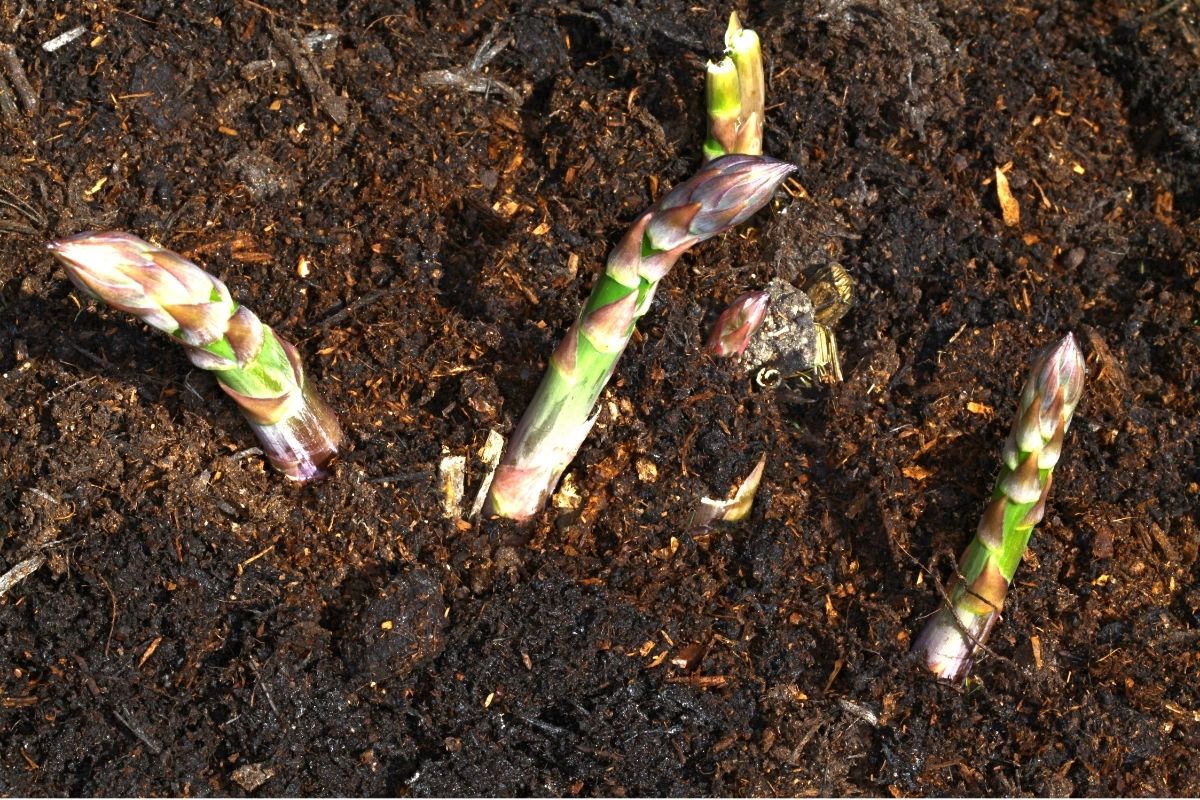
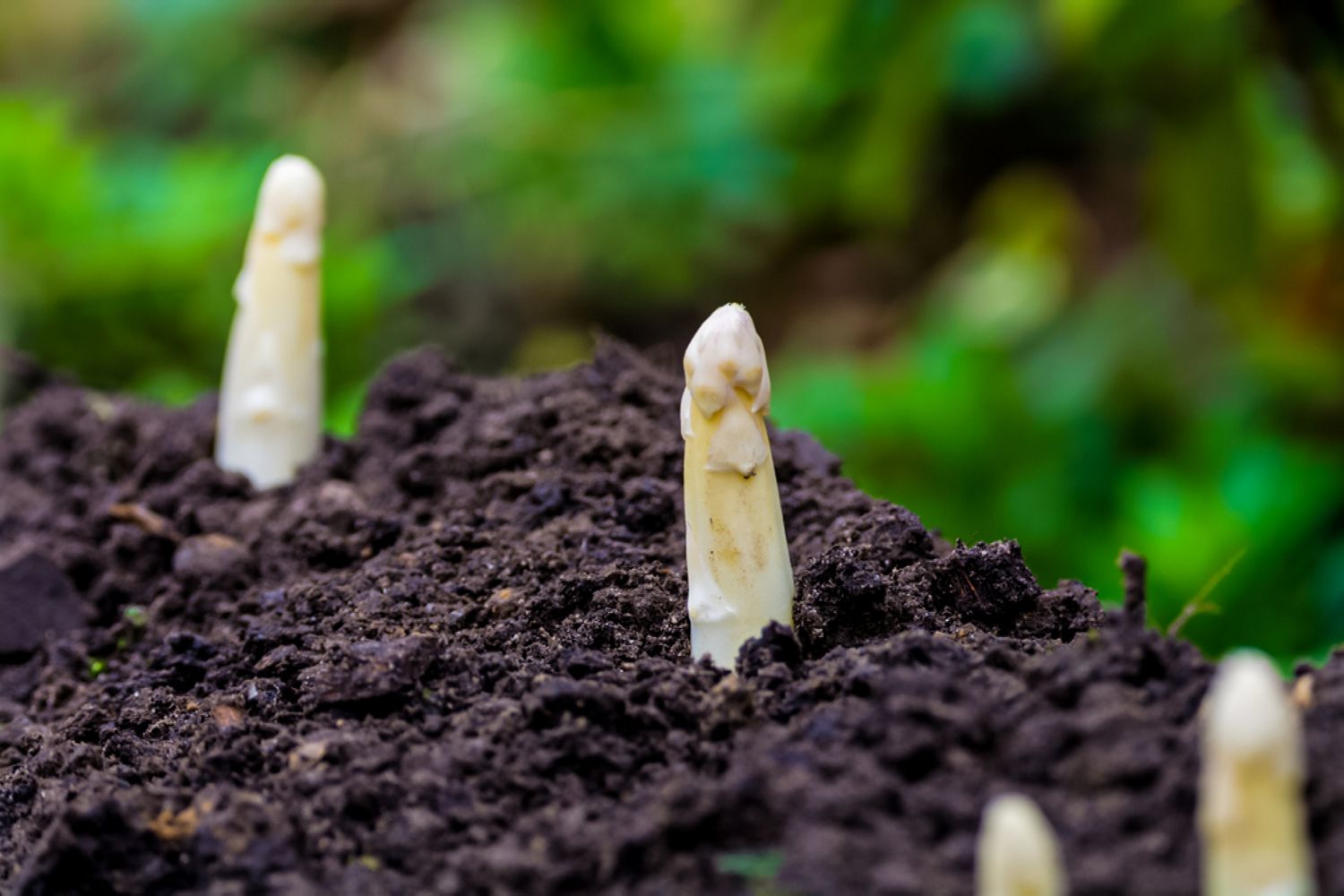

0 thoughts on “How To Store Asparagus In The Freezer”